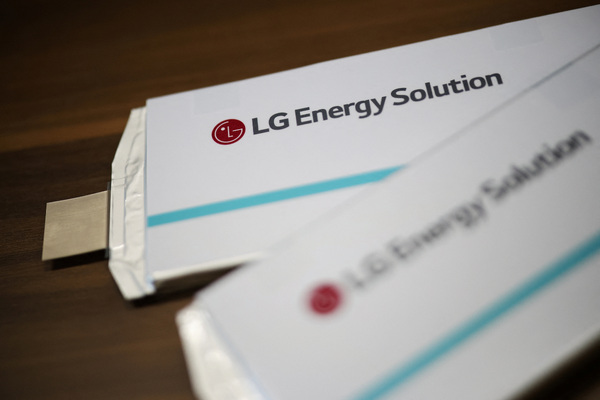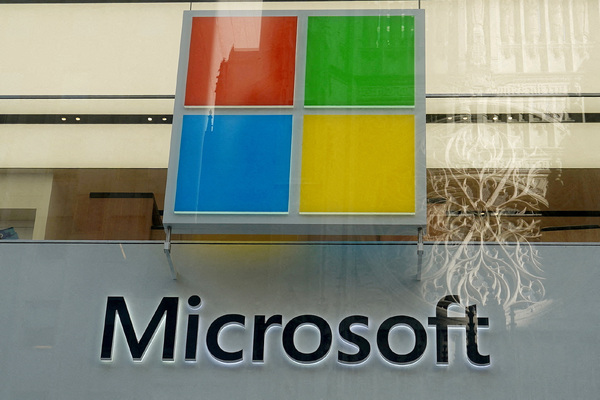The decarbonisation roadmap for commercial buildings
With multi-award-winning proptech, achieving Paris Proof 2050 levels of efficiency is no longer a distant goal – it’s possible today
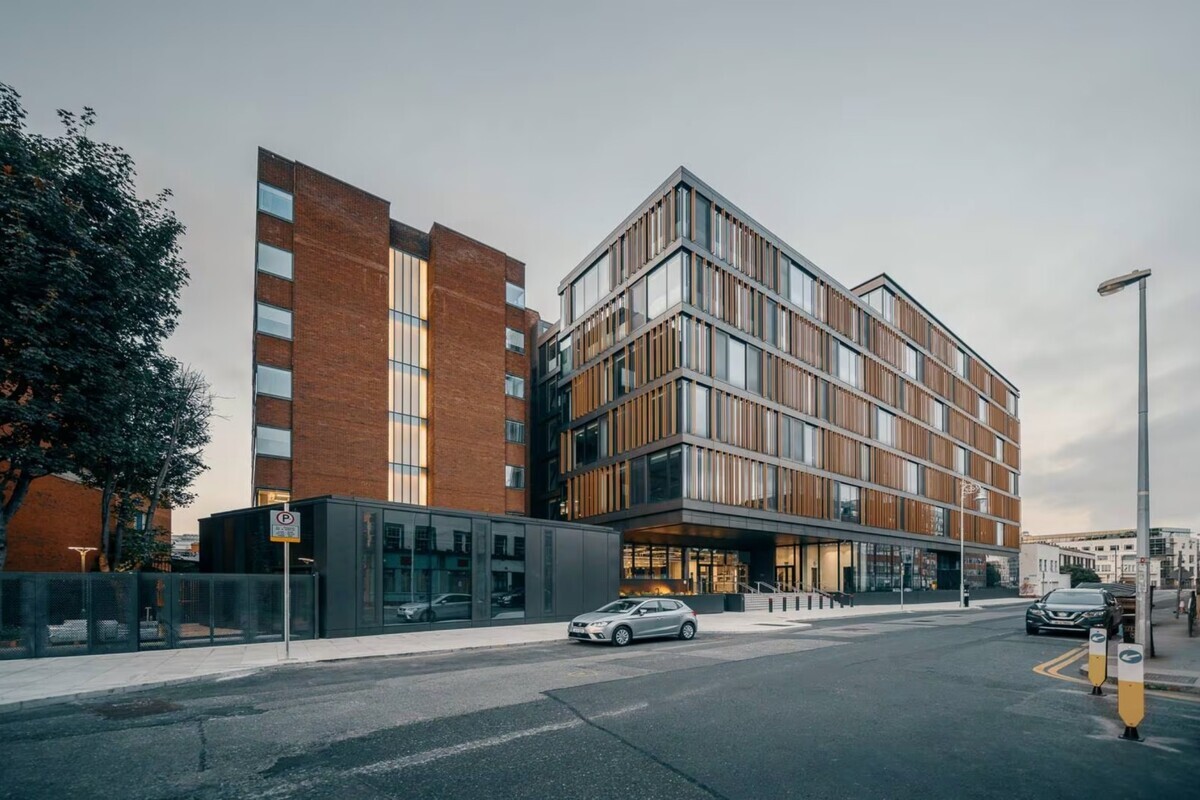
The global drive towards decarbonisation has placed the responsibility on businesses to drastically reduce their carbon emissions. The building sector, responsible for nearly 40 per cent of global energy-related carbon emissions, plays a critical role in this transformation. With the rise of Net Zero targets and sustainability initiatives, commercial buildings, especially those with air-conditioned environments such as offices, must adapt to meet the challenges of climate change.
Achieving Net Zero emissions in commercial real estate – particularly in older buildings – requires a comprehensive, strategic approach. The UK Green Building Council (UKGBC) has laid out clear energy performance benchmarks as part of its Paris Proof roadmap, with ambitious targets set for the coming years. For office buildings, these are:
- Interim Target 2025: 90 kWh/sqm/year
- Interim Target 2030: 70 kWh/sqm/year
- Interim Target 2035: 55 kWh/sqm/year
- Paris Proof Target 2050: 35 kWh/sqm/year
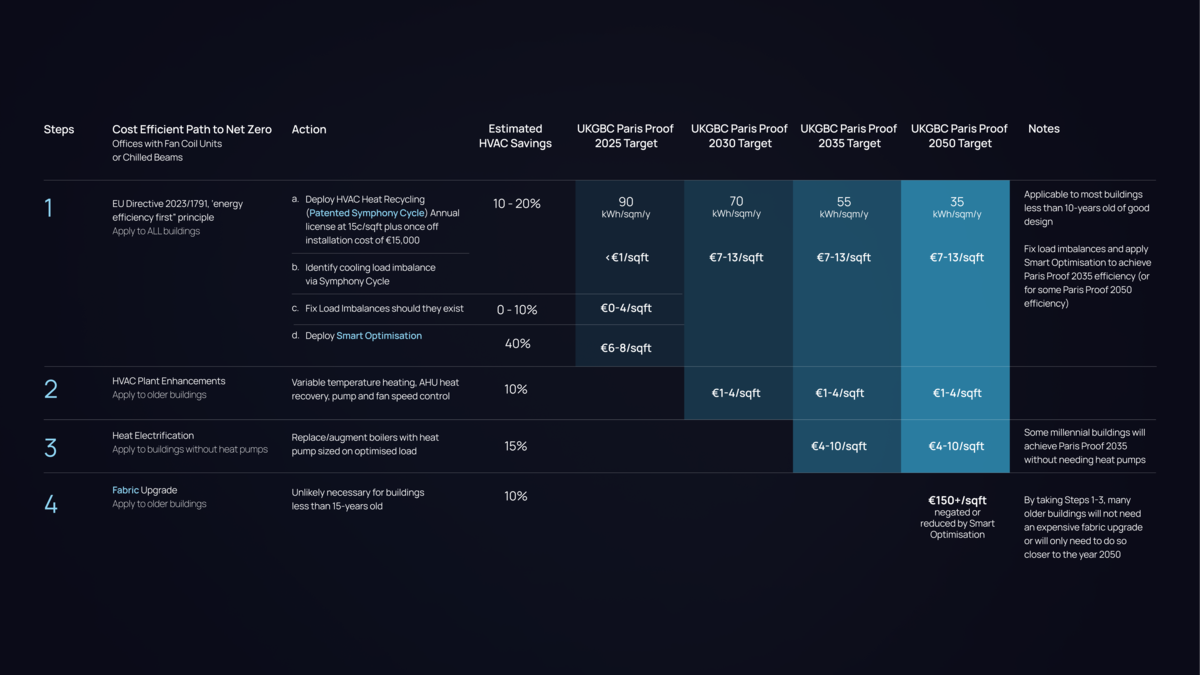
At Symphony Energy, our multi-award-winning technology is aligned with these goals. We’ve developed a proven, four-step decarbonisation roadmap to help commercial real estate owners meet these critical targets while retaining existing equipment until they have reached their normal end of life. Whether your building is new or decades old, our solutions ensure it can cost efficiently achieve top-tier energy performance and avoid the financial risks of becoming a stranded asset.
Step 1: focus on efficiency first
You’d think this would be the obvious starting point, but it’s a step that’s often bypassed in favour of expensive hardware upgrades. It’s crucial to optimise your existing heating, ventilation and cooling (HVAC) systems first. This optimisation ensures that subsequent plant upgrades are not oversized. This saves on CAPEX as well as future operational and replacement costs. It also minimises the risk of missing future compliance targets on account of having oversized the plant – all while probably achieving the interim 2025 or even the 2030 target with the benefit of pushing out when more major compliance investments are required.
This “sweat your assets” approach sets a strong foundation for achieving deeper savings and more efficient decarbonisation in the next steps – often allowing for capacity reductions in replacement plant by up to 30 per cent. The outcome of Step 1 (and Step 2 where relevant) defines when Steps 3 and 4 are needed, if at all. A forensic-grade smart optimisation alone may hit the ultimate Paris Proof 2050 target for modern buildings, or for many others, it can push out when investment is made for the other steps.
This approach doesn’t just reduce energy consumption but also improves the lifespan of your current plant, reducing the need for costly immediate capital investments. It’s a vital first move before progressing to larger, more hardware-intensive changes.
This isn’t just our professional opinion – it’s also backed by the EU Energy Efficiency Directive 2023/1791, which stresses the importance of prioritising energy efficiency first. To begin, we recommend deploying Symphony Cycle, our patented heat recycling process. Symphony Cycle repurposes your building’s existing HVAC plant to recycle waste heat, delivering 100 per cent free chilled water cooling and heating. This dramatically slashes energy demand, driving significant cost savings in both heating and cooling operations.
At just 15 cents per square foot per annum and with a rapid 2-3 day implementation time, Symphony Cycle offers a transformative solution for commercial buildings, reducing HVAC energy consumption by 10-20 per cent. It’s an incredibly fast and affordable way to kickstart your decarbonisation efforts.
Our 18-month Smart Optimisation programme takes your building’s energy savings to the next level. By using performance algorithms, demand-led ventilation and heat recycling, we reconfigure your existing HVAC system to operate at peak efficiency, delivering automated, dynamic and responsive energy management while maintaining occupant comfort.
Even in supposedly efficient newer buildings, Smart Optimisation can reduce total energy consumption by 30 to 40 per cent, with HVAC-specific savings of 60 to 80 per cent. This ensures your building meets Paris Proof targets well ahead of 2050, with an affordable price of just €6-8 per square foot – equivalent to roughly seven weeks of rent for a typical city centre office.
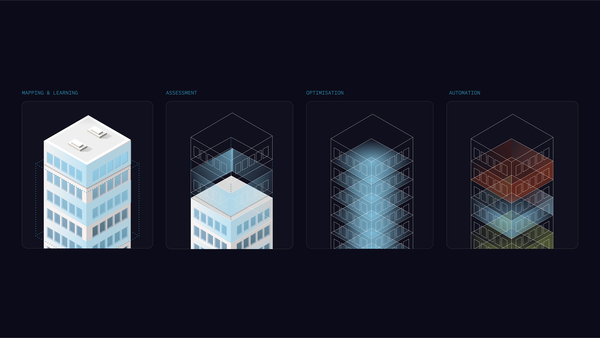
Step 2: HVAC plant enhancements
Most new buildings already have variable control HVAC systems and energy efficient building fabric. For them, it should not be necessary to go beyond Step 1 to achieve Paris Proof 2050 efficiency. Older buildings that don’t already have variable control HVAC systems should have their relevant components upgraded or replaced in conjunction with Step 1. This involves implementing various hardware such as variable temperature heating, AHU heat recovery systems and speed control for pumps and fans.
These upgrades allow precise control over heating, ventilation and air conditioning systems as necessary to maximise Smart Optimisation.
Step 3: heat electrification
Transitioning to heat pumps not only improves energy efficiency but also reduces a building’s reliance on fossil fuels, aligning with a renewable energy grid.
If Steps 1 and 2 are implemented well, then it should be possible to defer the investment in a heat pump until 2030 or later. It should also allow for the optimal heat pump selection, sized to more precisely match the building’s actual load requirements.
The move to electric heat ensures that heating becomes part of a building’s overall decarbonisation strategy, tackling one of the largest sources of emissions in commercial real estate.
Step 4: fabric upgrades
Fabric upgrades, including improved insulation and better glazing and weather tightness, are often reserved for older buildings. However, for properties built within the past 15 years, these upgrades can be scheduled closer to 2050 to spread out costs – especially if Steps 1 to 3 are done well.
Timing fabric upgrades appropriately ensures that decarbonisation efforts remain financially viable while allowing businesses to focus on the highest-impact changes first.
Success stories
This approach has consistently delivered exceptional results for our clients. A standout example is 26 York Street, part of the Royal College of Surgeons in Ireland. Despite its intensive use and diverse range of spaces, from lecture theatres and offices to simulation labs and a gym, we achieved a 70 per cent reduction in HVAC energy consumption, all while maintaining optimal comfort for occupants.
At 1 Cumberland Place, Dublin, home to X (formerly Twitter) and owned by Hibernia Real Estate Group, our solutions delivered a 76 per cent reduction in HVAC energy usage. Even though the building had already achieved LEED Platinum certification in 2018, we pushed its efficiency further, achieving a next-generation energy use intensity (EUI) of 44, far exceeding its 2030 target. With the replacement of the existing boiler with a heat pump, the building will go beyond its 2050 Paris Proof target, reducing the EUI to just 26.
These projects clearly demonstrate the effectiveness of our breakthrough technology in delivering 2050 efficiency standards, decades ahead of schedule.
Award-winning innovation
The impact of these disruptive solutions has been widely recognised within the industry, winning multiple awards, including the Sustainability via Digital Tech Award and the Best Energy Services Company Award from Ireland’s sustainability authority SEAI, the KPMG Property Industry Excellence Award for Technology Innovation, and most recently the ULI Europe PropTech Innovation Challenge for the UK and Ireland.
This industry recognition reflects our ability to push the boundaries of energy innovation, providing scalable, affordable and effective solutions for the commercial real estate sector.
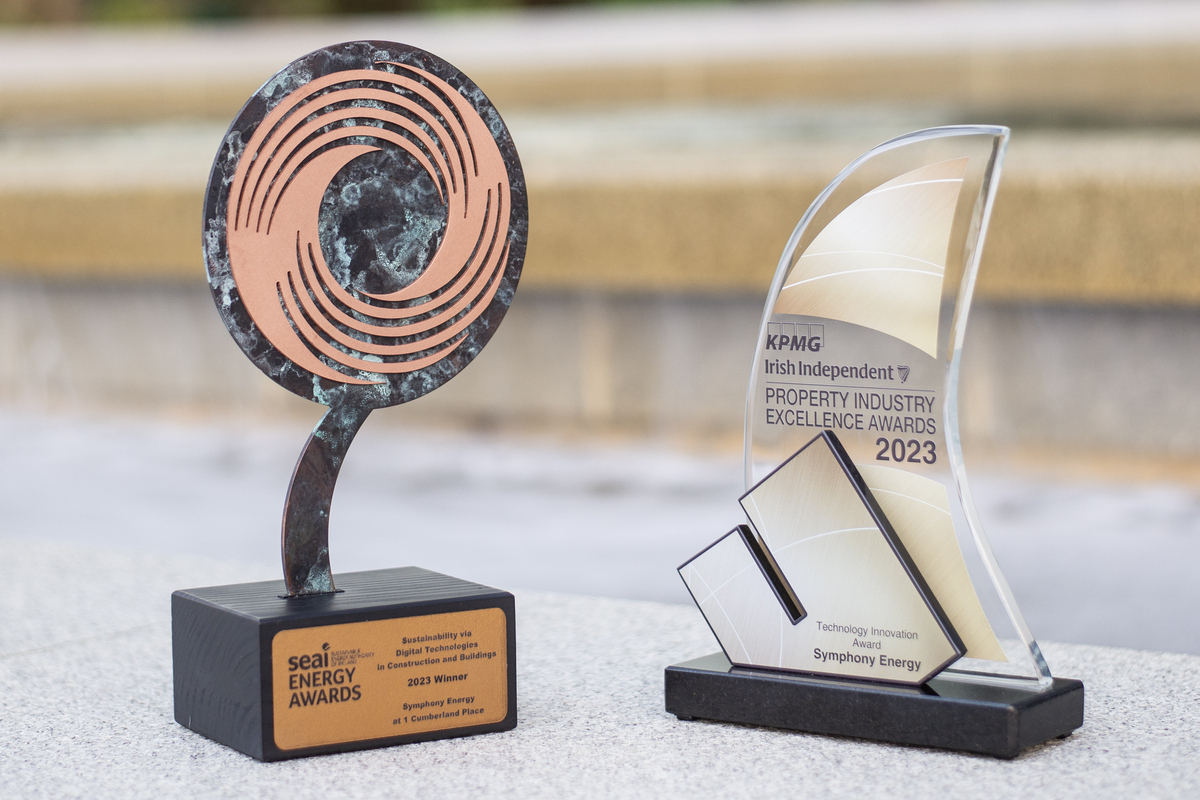
A proven pathway to decarbonisation
Our roadmap offers a clear and actionable plan to help commercial buildings achieve Paris Proof 2050 targets within a timeframe and budget that works for them. We provide building owners with the solutions they need to radically improve their energy efficiency without significant disruption or high upfront costs.
Are you ready to take the next step toward decarbonising your building? Visit symphonyenergy.com and book a demo call to discover how we can help you achieve your sustainability targets, a distant goal – it’s possible today
Tom Ascough, Managing Director, Symphony Energy

Business Reporter Team
Most Viewed
Winston House, 3rd Floor, Units 306-309, 2-4 Dollis Park, London, N3 1HF
23-29 Hendon Lane, London, N3 1RT
020 8349 4363
© 2025, Lyonsdown Limited. Business Reporter® is a registered trademark of Lyonsdown Ltd. VAT registration number: 830519543

